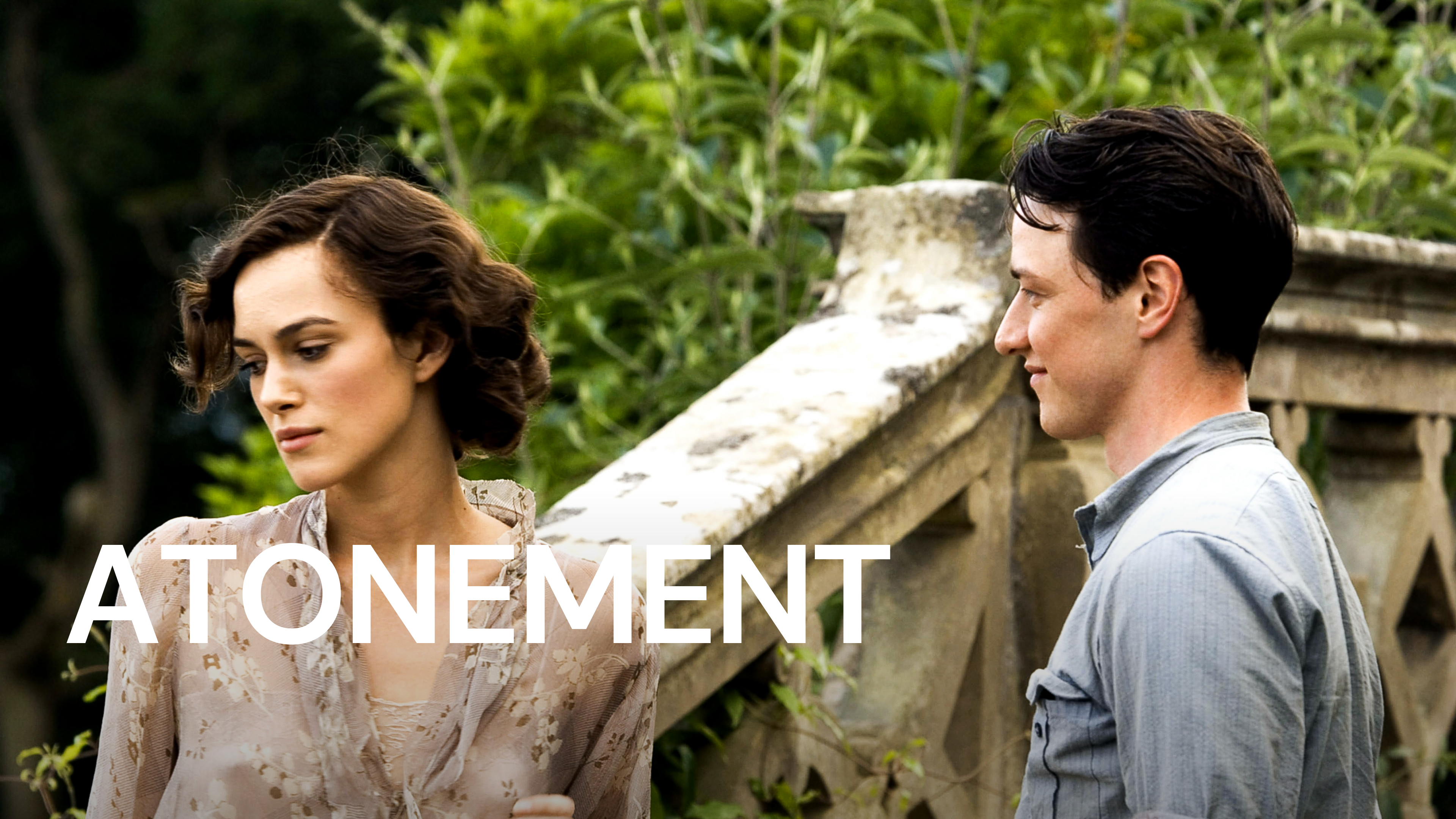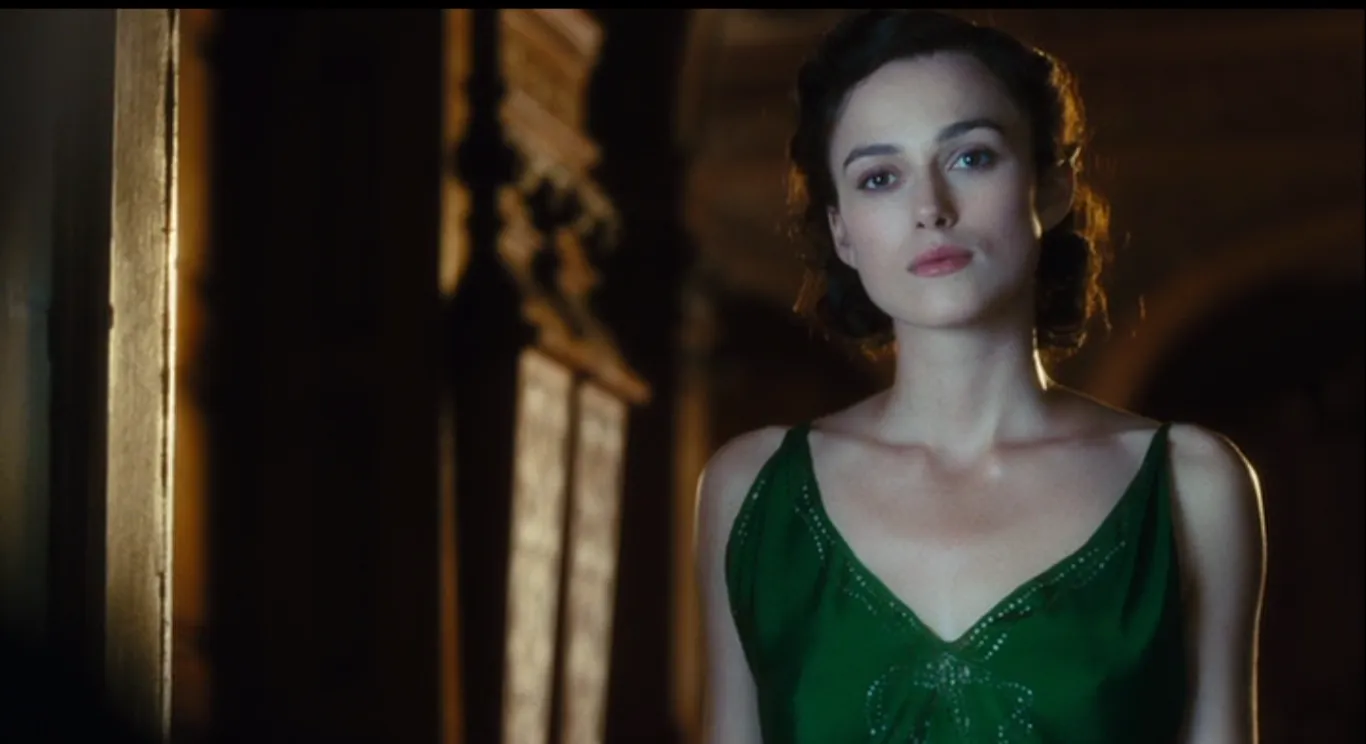Atonement (2007) Movie Review - A Cinematic Masterpiece of Love, War, and Redemption

Note: This post was published at highonfilms.com.
Atonement: A Cinematic Masterpiece
Cinema, at its zenith, has the power to transcend the ordinary and elevate storytelling to an art form. Joe Wright’s 2007 film, “Atonement,” stands as a testament to this transformative potential, asserting its status as a cinematic masterpiece through its poignant narrative, exquisite cinematography, and masterful performances. Adapted from Ian McEwan’s novel of the same name, “Atonement” unfolds against the backdrop of love, war, and the quest for redemption, leaving an indelible mark on the landscape of contemporary cinema.
Narrative Excellence
The film’s narrative prowess is evident from its opening sequence, a seemingly seamless five-minute tracking shot through the Tallis family estate in 1935. The Steadicam glides effortlessly, introducing us to the characters and setting while laying the groundwork for the intricate tale to follow. This technical marvel sets the tone for the film, establishing a visual language that intertwines the estate’s grandeur with the complexities of the human heart.
Central to the narrative is the character of Briony Tallis, portrayed with remarkable nuance by Saoirse Ronan in her breakthrough role. Briony’s pivotal mistake, fuelled by youthful misinterpretation and imagination, sets off a chain of events that unravels the lives of those she loves. Wright skilfully employs shifts in perspective, challenging the audience’s perception of truth and morality. Through the lens of Briony’s guilt, “Atonement” delves into the elusive nature of memory and the consequences of unrestrained imagination.
Thematic Depth
The brilliance of “Atonement” lies not only in its narrative structure but also in its thematic depth. The film explores the fragility of love, the impact of war on the human psyche, and the arduous journey towards redemption. At its core, “Atonement” is a meditation on the power of storytelling itself, as characters grapple with the stories they tell and the narratives that shape their lives.
Ian McEwan’s novel is complex and ambitious, and screenwriter Christopher Hampton adeptly translates its intricate layers to the screen, preserving its essence while ensuring cinematic fluidity.

Visual Storytelling
The film’s narrative prowess is evident from its opening sequence, a seemingly seamless five-minute tracking shot through the Tallis family estate in 1935. The Steadicam glides effortlessly, introducing us to the characters and setting while laying the groundwork for the intricate tale to follow. This technical marvel sets the tone for the film, establishing a visual language that intertwines the estate’s grandeur with the complexities of the human heart.
Central to the narrative is the character of Briony Tallis, portrayed with remarkable nuance by Saoirse Ronan in her breakthrough role. Briony’s pivotal mistake, fuelled by youthful misinterpretation and imagination, sets off a chain of events that unravels the lives of those she loves. Wright skilfully employs shifts in perspective, challenging the audience’s perception of truth and morality. Through the lens of Briony’s guilt, “Atonement” delves into the elusive nature of memory and the consequences of unrestrained imagination.
Emotional Resonance
The brilliance of “Atonement” lies not only in its narrative structure but also in its thematic depth. The film explores the fragility of love, the impact of war on the human psyche, and the arduous journey towards redemption. At its core, “Atonement” is a meditation on the power of storytelling itself, as characters grapple with the stories they tell and the narratives that shape their lives.
Ian McEwan’s novel is complex and ambitious, and screenwriter Christopher Hampton adeptly translates its intricate layers to the screen, preserving its essence while ensuring cinematic fluidity.
Cinematic Achievement
The film’s narrative prowess is evident from its opening sequence, a seemingly seamless five-minute tracking shot through the Tallis family estate in 1935. The Steadicam glides effortlessly, introducing us to the characters and setting while laying the groundwork for the intricate tale to follow. This technical marvel sets the tone for the film, establishing a visual language that intertwines the estate’s grandeur with the complexities of the human heart.
Central to the narrative is the character of Briony Tallis, portrayed with remarkable nuance by Saoirse Ronan in her breakthrough role. Briony’s pivotal mistake, fuelled by youthful misinterpretation and imagination, sets off a chain of events that unravels the lives of those she loves. Wright skilfully employs shifts in perspective, challenging the audience’s perception of truth and morality. Through the lens of Briony’s guilt, “Atonement” delves into the elusive nature of memory and the consequences of unrestrained imagination.
Conclusion
The brilliance of “Atonement” lies not only in its narrative structure but also in its thematic depth. The film explores the fragility of love, the impact of war on the human psyche, and the arduous journey towards redemption. At its core, “Atonement” is a meditation on the power of storytelling itself, as characters grapple with the stories they tell and the narratives that shape their lives.
Ian McEwan’s novel is complex and ambitious, and screenwriter Christopher Hampton adeptly translates its intricate layers to the screen, preserving its essence while ensuring cinematic fluidity.